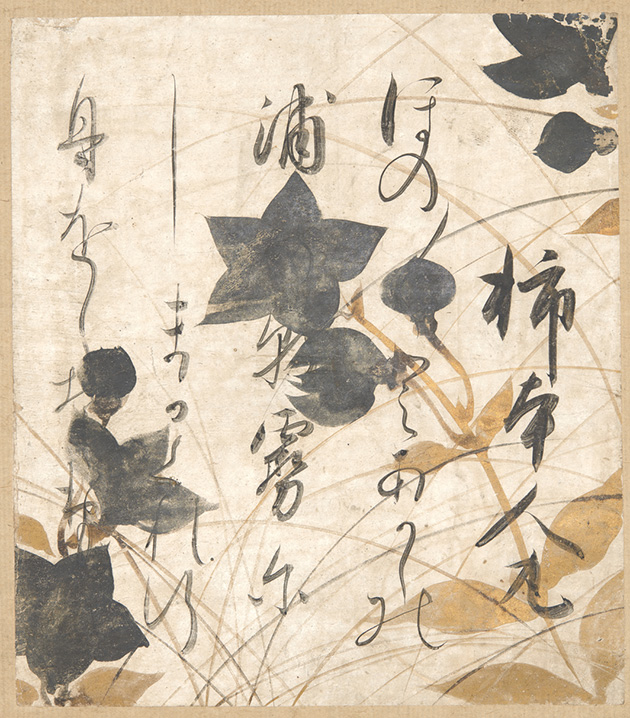The Met, Freersackler, And Portland Art Museum To Receive 550 Japanese Artworks
Mary and Cheney Cowles, Seattle-based collectors who have amassed one of the largest private collections of Japanese paintings and calligraphy in the West, announced they are donating more than 550 works to three institutions: The Metropolitan Museum of Art in New York; Freer|Sackler, the Smithsonian’s museums of Asian art, in Washington, DC; and the Portland Art Museum in Oregon.
“The Met is deeply grateful to Mary and Cheney Cowles for this remarkable gift,” said museum director Max Hollein. “These works add great strength to our collection by filling gaps or complementing our renowned holdings. The vision and generosity of Mr. and Mrs. Cowles significantly enhances our ability to tell a more comprehensive history of Japanese art for the millions who visit the museum each year.”
The institution will eventually receive over two hundred works that were chosen to complement pieces already in its collection. Highlights include a rare calligraphy by Musō Soseki (1275–1351)—one of the few surviving recognized works by this early Zen monk-calligrapher, which is boldly inscribed with the philosophical phrase, “Abiding nowhere, achieve an enlightened mind”—and ink paintings dating to the fourteenth to seventeenth century such as Ink Landscape by Sōami and White Heron by Tawaraya Sōtatsu.
The Cowles’s collection comprises over six hundred works, ranging in date from the eighth century to the present day. Cheney Cowles has been collecting East Asian art for over four decades and owned and operated the Crane Gallery in Seattle, which specialized in Asian antiques, until his retirement in 2016. Commenting on his holdings, Cheney said, “As Mary and I consider the past eighteen years of collecting Japanese art, it is pleasing to realize that any rules or limits on what to collect were abandoned fairly early on, giving us a great feeling of freedom to learn and develop new interests . . . We hope that our donations will support years of interest, enjoyment, and study for students, scholars, and the general public.”
Freer|Sackler will receive 250 works of painting and calligraphy over the next five years, and the Portland Art Museum will be given one hundred works—the museum received the first twenty-two works of the gift in 2018. Its curator of Asian art, Maribeth Graybill, said the donation “will have a transformative impact.” The institution will soon add a hanging scroll depicting a competition between poets, dating to the thirteenth or fourteenth century; calligraphy the Filial Piety by Hakuin Ekaku (1685–1768), the most famous Zen master of Edo-period Japan; and a playful 1867 ink painting by the Buddhist nun Ōtagaki Rengetsu (1791–1875), Samurai Footman and Poem, the first Japanese painting that Cheney purchased.
 The Met, Freersackler, And Portland Art Museum To Receive 550 Japanese Artworks
The Met, Freersackler, And Portland Art Museum To Receive 550 Japanese ArtworksSource: www.artforum.com
When there are no words left, the meaning is still preserved.



